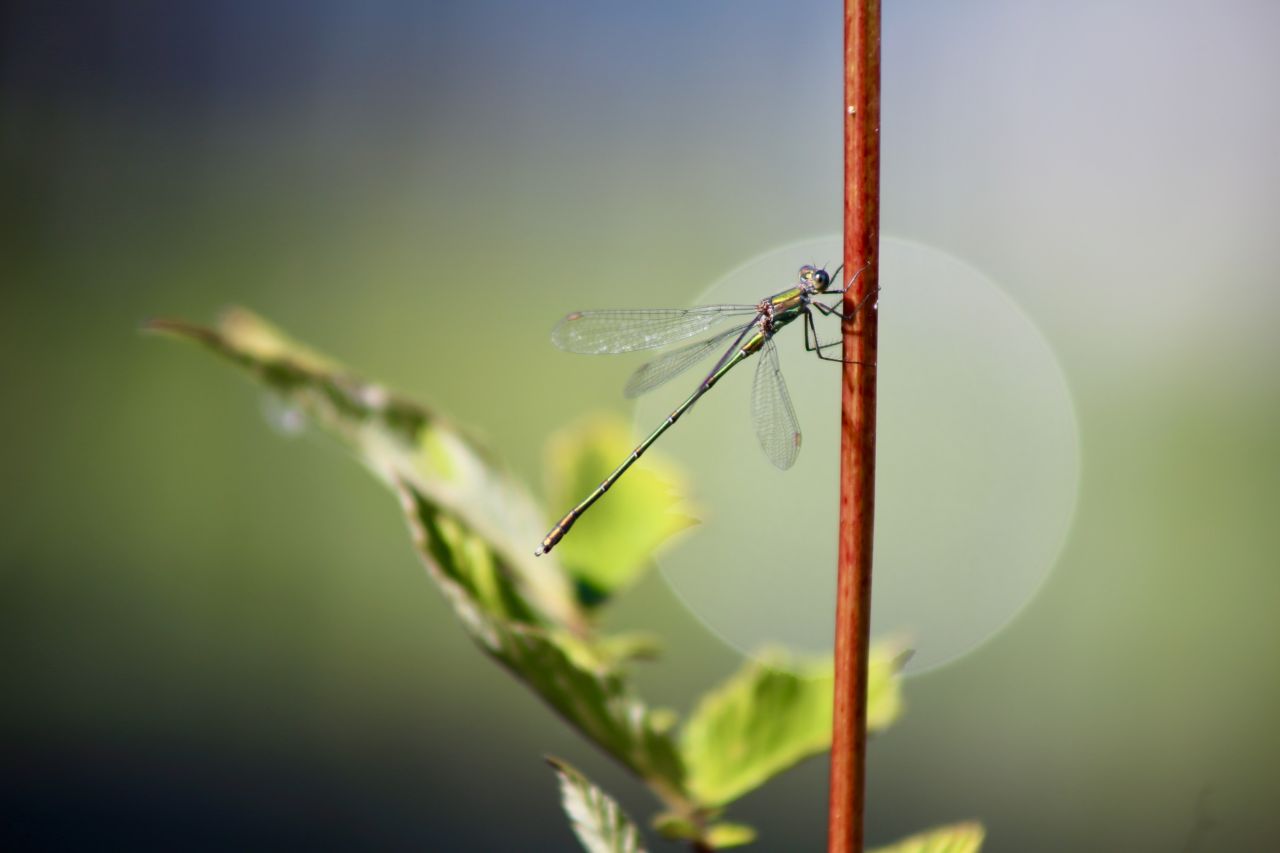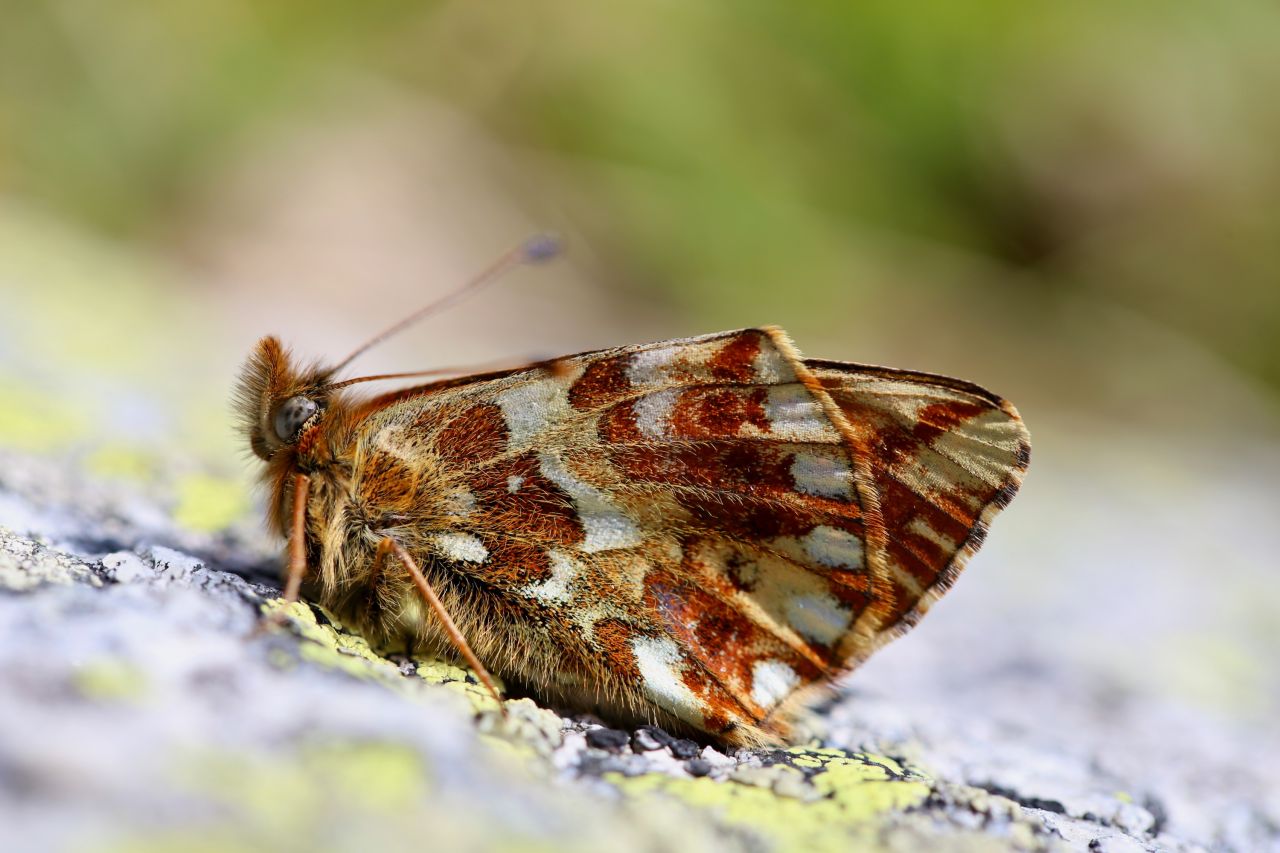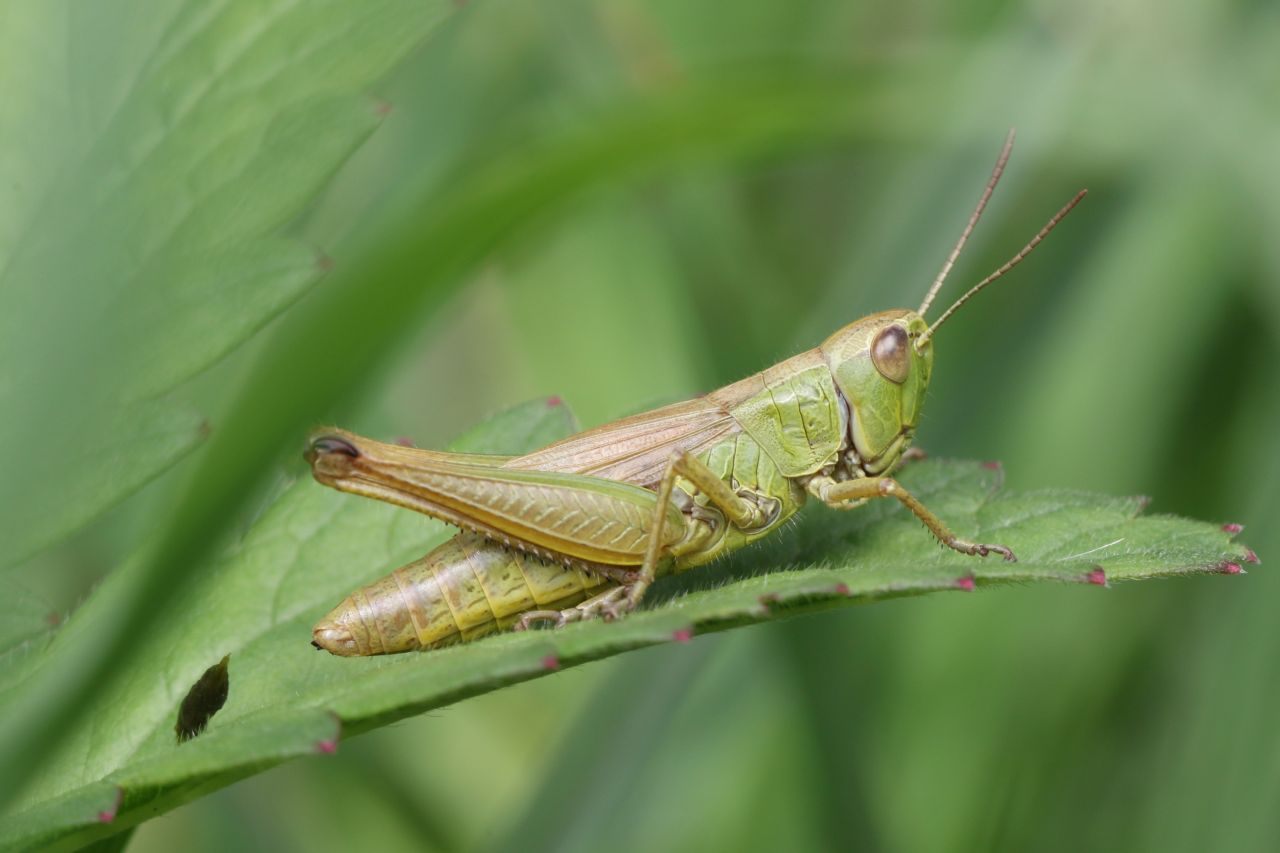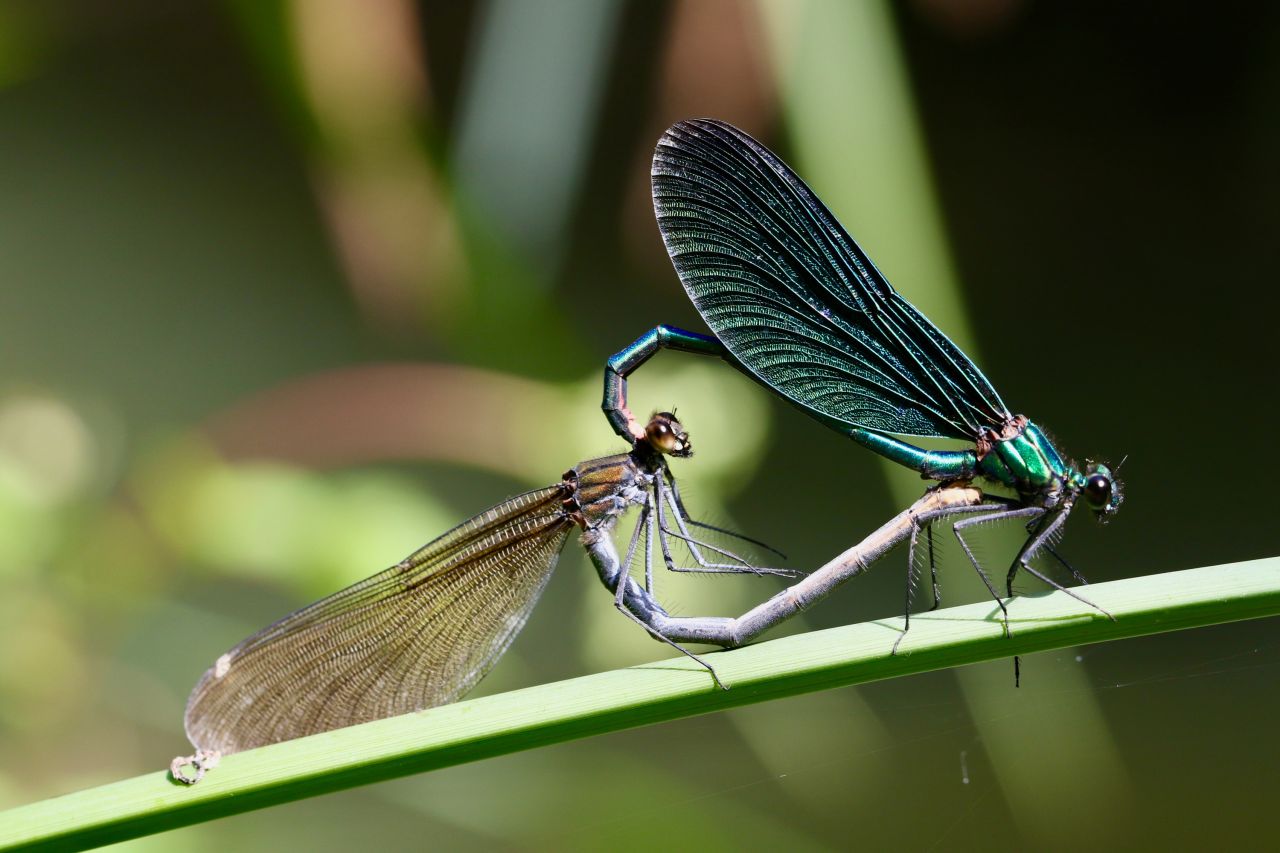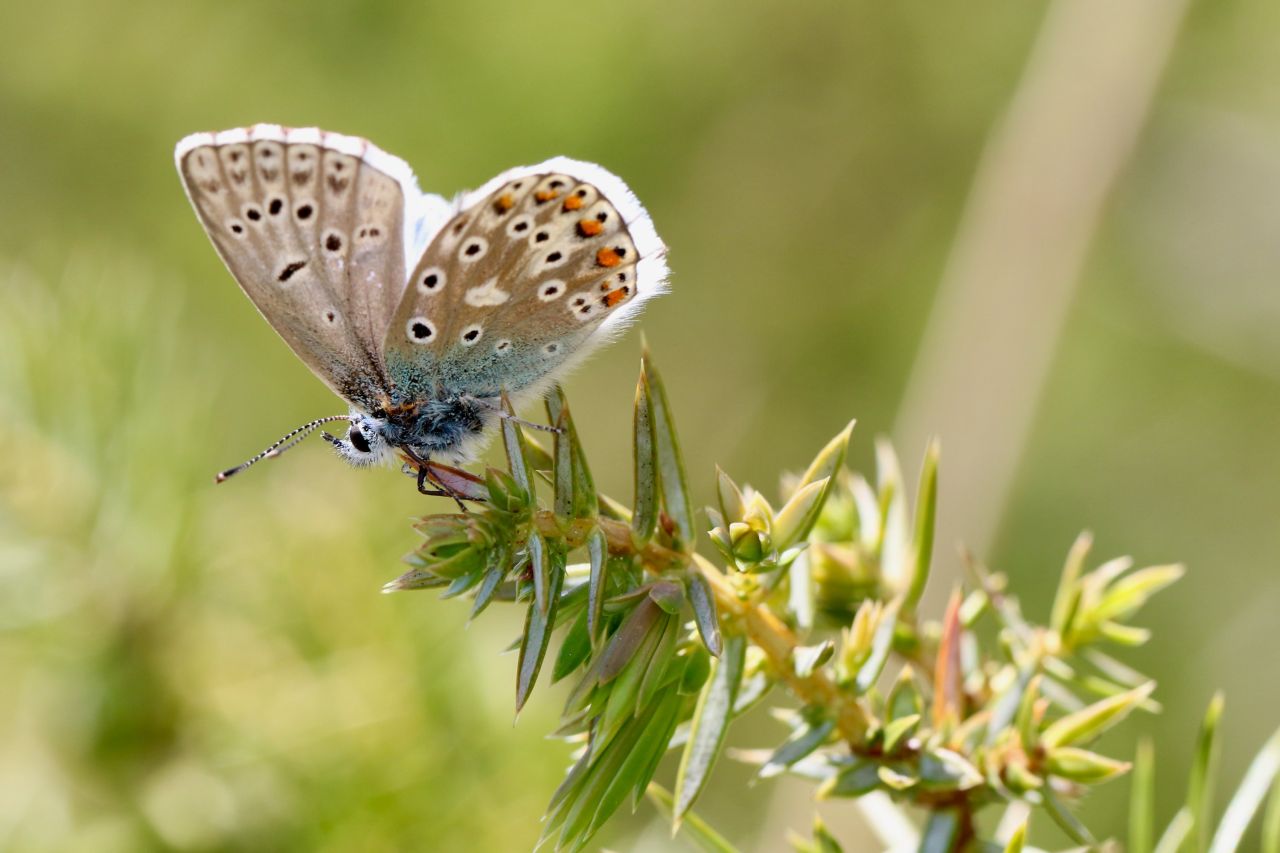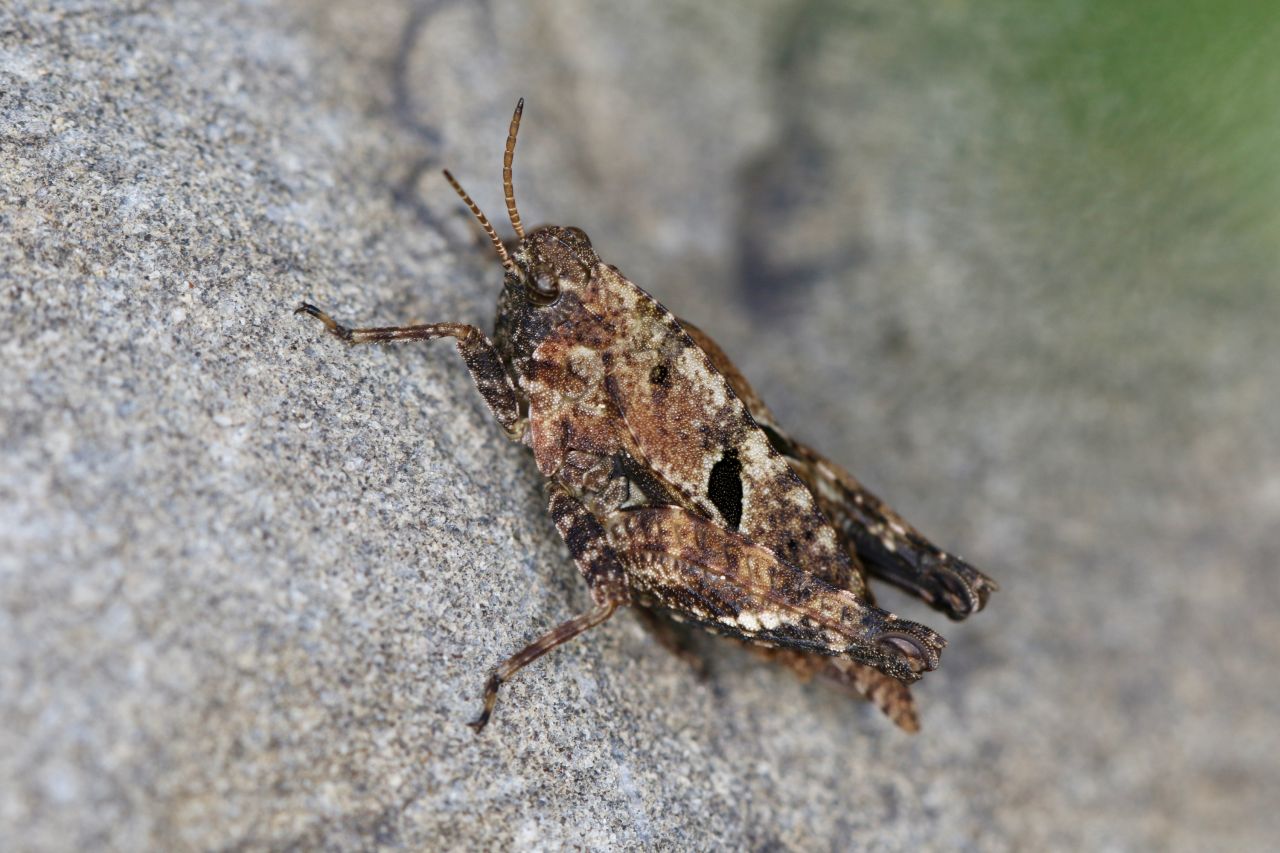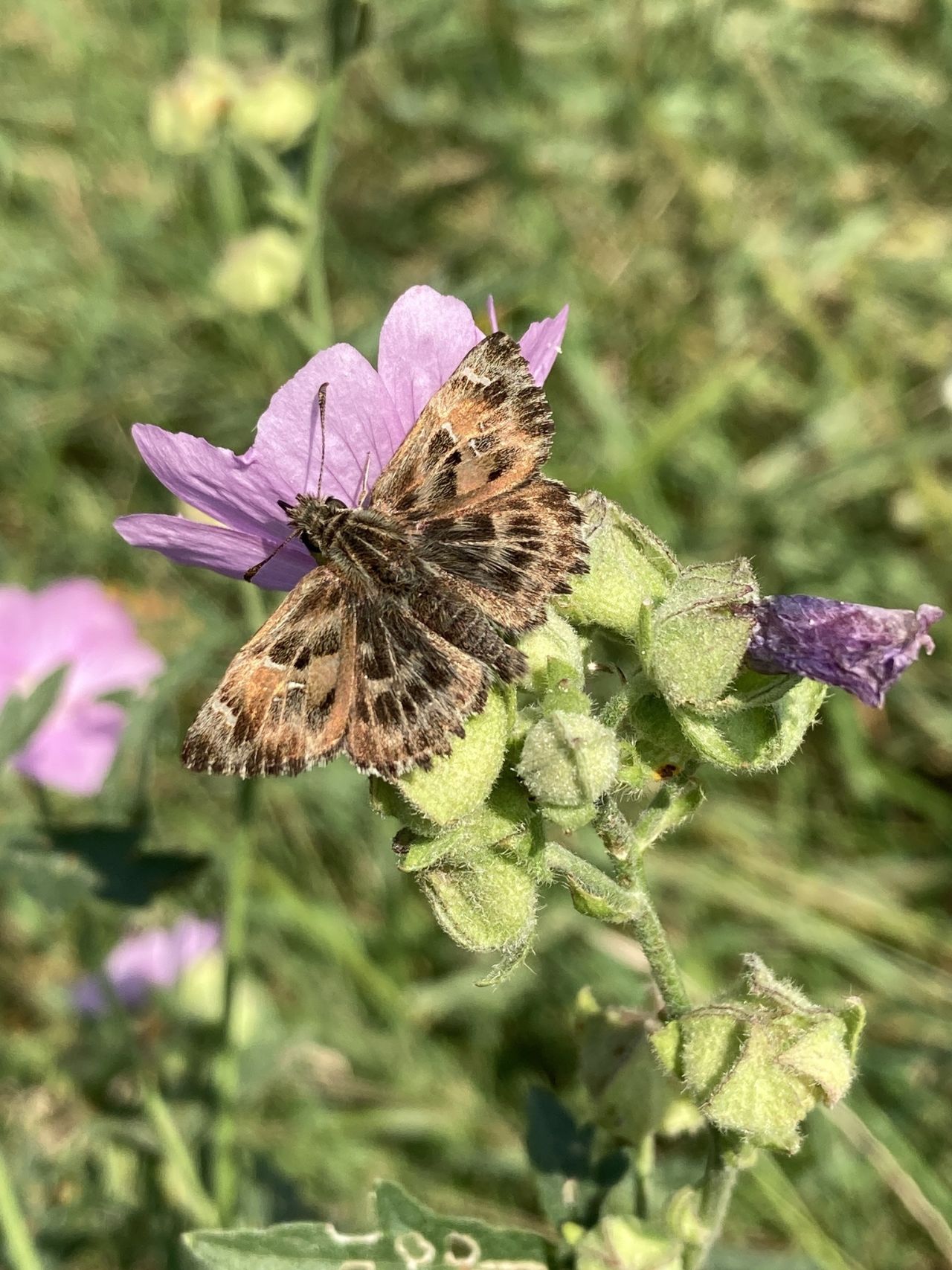Global warming changing insect fauna in Switzerland
Declining insect populations are being reported worldwide. The INSECT project has investigated how the distribution of 390 insect species in Switzerland has changed over the past 40 years – and the role of climate change and land-use changes in this process.
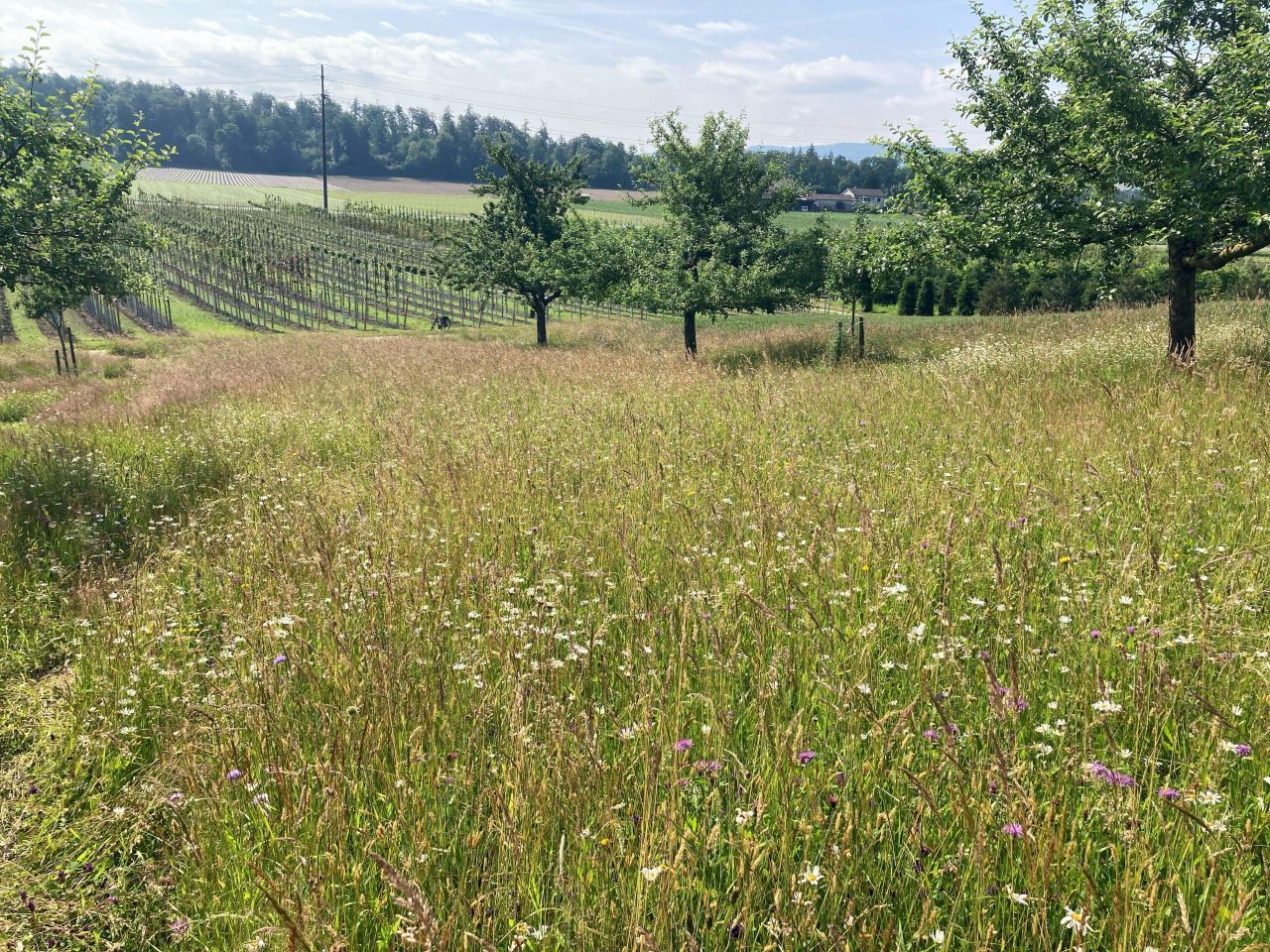
An extensively managed grassland, which provides important habitat for diverse insect communities in agriculturally dominated landscapes. Image: © Agroscope, INSECT project
Various studies in Switzerland and abroad give cause for concern that insect populations are suffering significantly due to climate change and land-use changes. In response, the research institutes Agroscope, WSL, FiBL, along with the Swiss Ornithological Institute in Sempach and the Swiss Information Centre for Fauna «info fauna », have launched the INSECT project. This research initiative aims to analyze why and how insect distribution in Switzerland has changed over recent decades.
Changes in the distribution of 390 insect species
To investigate these trends, we analyzed 1.5 million species records collected by amateur and professional entomologists since 1980. These records document the occurrence of butterflies, grasshoppers, and dragonflies across Switzerland. We were able to reconstruct distribution changes over the past 40 years for 215 butterfly species, 103 grasshopper species, and 72 dragonfly species. The results show both winners and losers among the studied species. The species that expanded the most increased their habitat range by over 70% on average, while those in the strongest decline lost nearly 60% of their distribution area. However, this study does not provide insights into the total insect biomass.
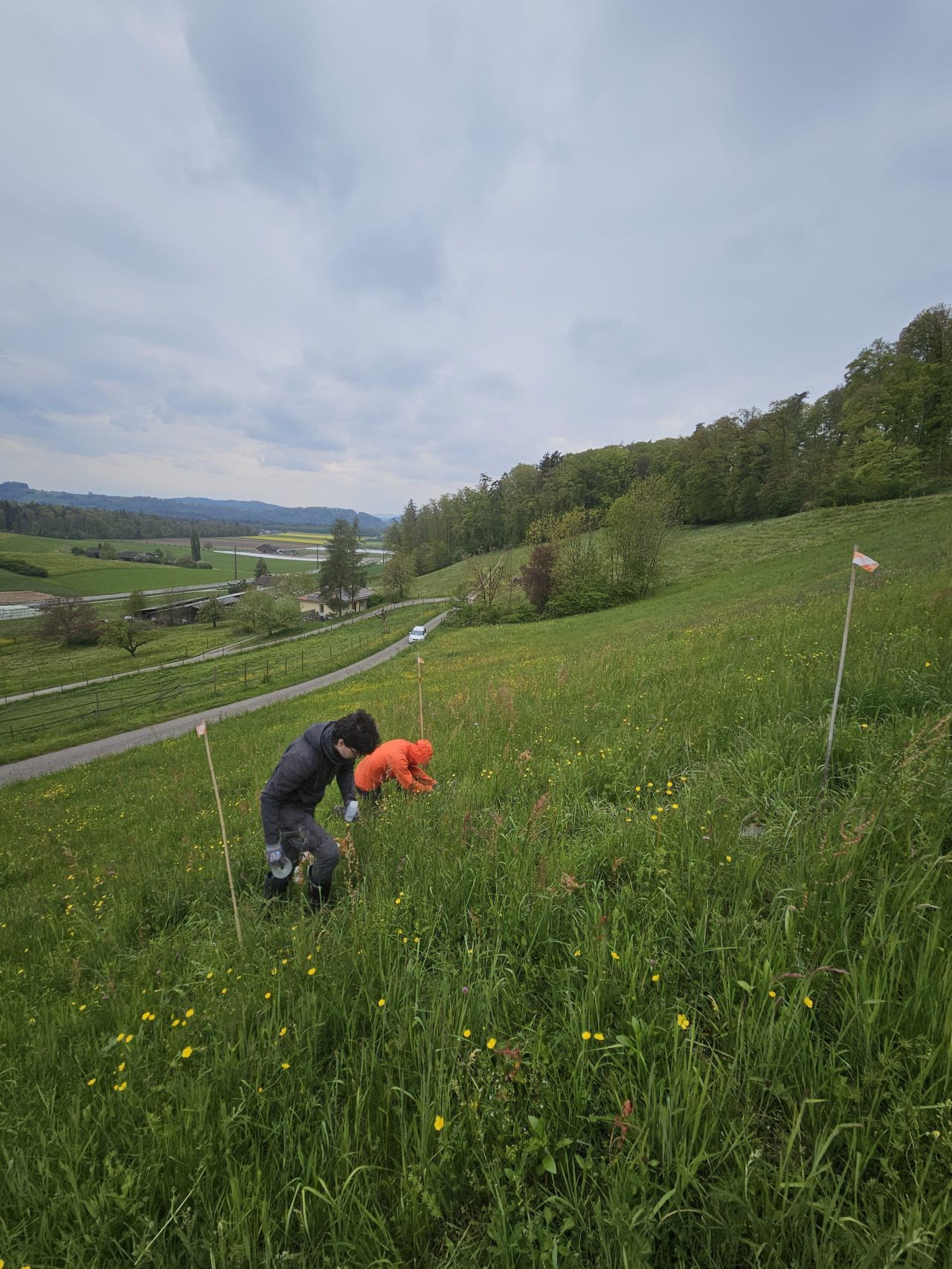
Agroscope researchers on their weekly emptying round of pitfall traps, with which ground beetle and spider communities are sampled. Image: © Agroscope, INSECT project
Rare species are declining further
The distribution of specialized, cold-adapted species from the alpine and pre-alpine regions has declined most. Examples include the shepherd's fritillary (Boloria pales) and the two-spotted groundhopper (Tetrix bipunctata), both of which are found at mid to high elevations. Alpine species and habitats need therefore special protection. Meanwhile, warmth-loving species from lower elevations have maintained or even expanded their ranges, such as the Scarlet dragonfly (Crocothemis erythraea) and the mallow skipper (Carcharodus alceae). As a result, rare species have become even rarer, while already widespread species expanded their range. The findings also suggest a turning point: while habitat loss and land-use changes were historically the main drivers of local insect species extinctions, climate change has now become a major factor influencing insect populations in Switzerland.
Global warming as the key driver of change
The combination of two factors – climate change and land-use changes – can be particularly detrimental to insect populations, and we found numerous indicators supporting this. For example, the intensification of grassland management appears to have a particularly negative impact on insects when coupled with increasing summer droughts. Such interactions could also lead to unpredictable future developments in insect distributions. Statistically, over the past 40 years, it is mainly global warming – increase in mean temperature of nearly 2°C over the analyzed period – that can be linked to the observed long-term changes in Switzerland’s insect fauna. As climate change progresses, we expect insect populations to continue changing on a large scale.
Further research planned
These analyses provide an initial insight into changes affecting the studied insect species over recent decades. However, knowledge gaps remain regarding the overall state of insect populations in Switzerland. Major shifts in agricultural land use, for example, had already taken place before 1980. In the next phase of our research, we aim to reconstruct long-term distribution changes for selected insect species over an extended period. Additionally, we plan to examine other insect groups, as experience shows that different taxa respond differently to climate and land-use changes.
References
Neff F et al. 2022. Different roles of concurring climate and regional land-use changes in past 40 years' insect trends. Nat Commun 13;7611. https://doi.org/10.1038/s41467-022-35223-3
